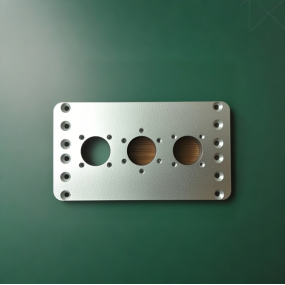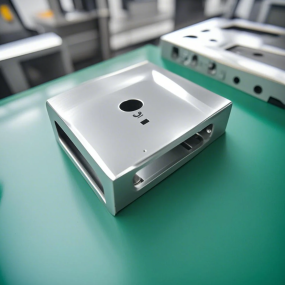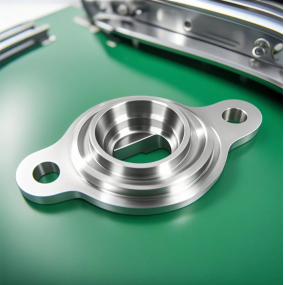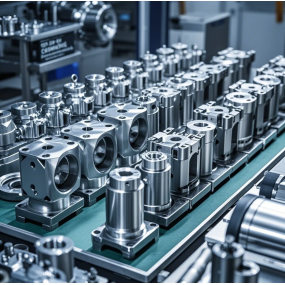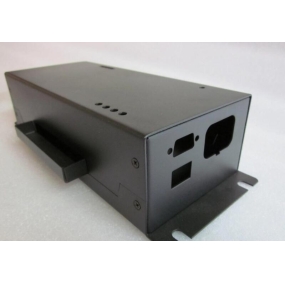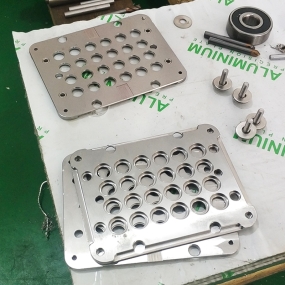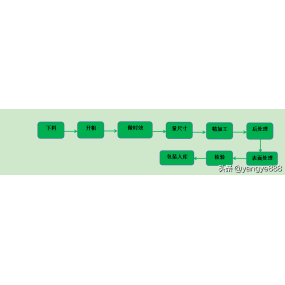The die in the stamping die of a stamping part manufacturer is one of the most critical components of the entire die. The quality of the die directly determines whether a qualified stamping part can be produced. When designing a die, the following points must be paid attention to:
1. The hole of the stamping die cannot be made into a straight wall cavity
In order to make the workpiece or waste easy to fall, the cavity of the die should not be made into a straight wall, but should be made into a tapered, cylindrical orifice tapered or cylindrical orifice stepped. The cylindrical orifice die is more convenient to manufacture, the edge strength is high, and the size of the edge remains unchanged after grinding. It is the most common structure of the stamping die. If the inner wall of the die is a straight wall, the punched workpiece or waste will get stuck in the inner cavity because of the large size. If there is too much accumulation, the die will expand and crack.
2. The thickness of the stamping die should not be too small
The thickness of the stamping die directly affects the strength, stiffness and durability of the die, and its size is related to the stamping pressure. The thickness of the stamping die should not be too small, because the hole on the die base or backing plate under the die is larger than the hole of the die. If the thickness of the die is too small, it will cause the die to be twisted and deformed during work, and even damaged.
3. The wall thickness of the stamping die should not be too small. The wall thickness of the stamping die directly affects the strength of the die.
If the wall thickness of the die is too small, the strength of the die will be lacking during stamping, and it may break. Because the force of the die is messy during stamping, general stamping parts manufacturers need to determine the thickness of the die based on empirical formulas or mutual relationships. 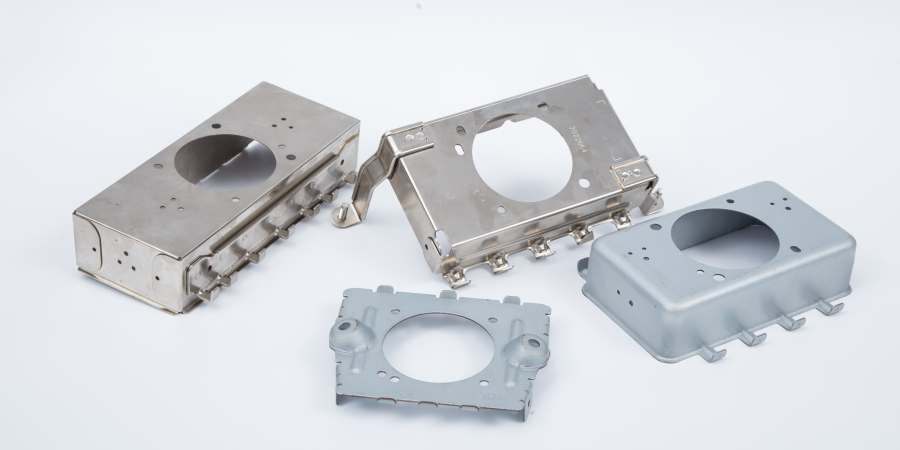
4. The cutting edge height of the stamping die should not be too large
There are two main types of stamping dies. One is the cylindrical orifice die, which has high edge strength and high dimensional accuracy of stamping parts. The other is the tapered hole die, which has low edge n strength, but it is not easy to accumulate workpieces or waste in the hole. The friction and expansion force on the hole wall are small, so the wear of the die and the amount of grinding each time are small. The size of the edge increases after grinding, but the increase value is very small, which has little effect on the life of the die. This kind of die is generally used for stamping of workpieces with low accuracy requirements, simple shape and thin material thickness. The height of the edge of the stamping die should not be too large. If the height of the edge is too large, the punching waste will accumulate more, which will increase the punching pressure, push force and hole wall wear. After the die is worn, the hole may form an inverted cone, causing the waste to jump on the working surface of the die and damage the die. In this way, after the edge is worn, the amount of grinding each time is large, and the total life of the die is low. The height of the punching die U should not be too small. If the height of the edge is too small, the number of grinding times after the die is worn will be reduced, and the total life of the die will also decrease.
This article is from EMAR Mold Co., Ltd. For more EMAR related information, please click: www.sjt-ic.com!


 Spanish
Spanish Arabic
Arabic French
French Portuguese
Portuguese Belarusian
Belarusian Japanese
Japanese Russian
Russian Malay
Malay Icelandic
Icelandic Bulgarian
Bulgarian Azerbaijani
Azerbaijani Estonian
Estonian Irish
Irish Polish
Polish Persian
Persian Boolean
Boolean Danish
Danish German
German Filipino
Filipino Finnish
Finnish Korean
Korean Dutch
Dutch Galician
Galician Catalan
Catalan Czech
Czech Croatian
Croatian Latin
Latin Latvian
Latvian Romanian
Romanian Maltese
Maltese Macedonian
Macedonian Norwegian
Norwegian Swedish
Swedish Serbian
Serbian Slovak
Slovak Slovenian
Slovenian Swahili
Swahili Thai
Thai Turkish
Turkish Welsh
Welsh Urdu
Urdu Ukrainian
Ukrainian Greek
Greek Hungarian
Hungarian Italian
Italian Yiddish
Yiddish Indonesian
Indonesian Vietnamese
Vietnamese Haitian Creole
Haitian Creole Spanish Basque
Spanish Basque

